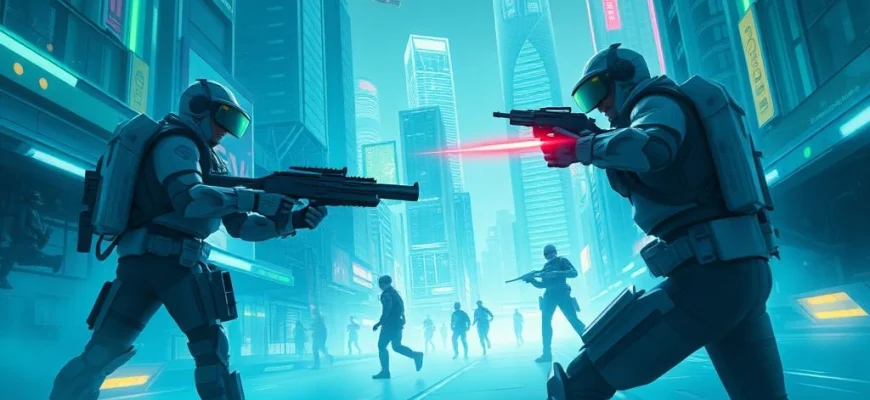If you're a fan of the 1995 sci-fi action flick 'Virtual Combat,' you're in for a treat! This article explores 10 similar movies and shows that capture the same thrilling blend of virtual reality, high-stakes combat, and futuristic intrigue. Whether you loved the cyberpunk aesthetics or the adrenaline-pumping action, these picks will keep you on the edge of your seat.

Tron (1982)
Description: Pioneering in its depiction of a digital world where humans interact with programs, exploring the intersection of technology and human identity.
Fact: The film was one of the first to use extensive computer-generated imagery, though much of it was combined with traditional animation techniques.
 Watch Now
Watch Now 
Brainstorm (1983)
Description: Focuses on a device that records and plays back human experiences, raising ethical and existential questions about the nature of reality.
Fact: The film is notable for being one of Natalie Wood's final projects before her untimely death.
 Watch Now
Watch Now 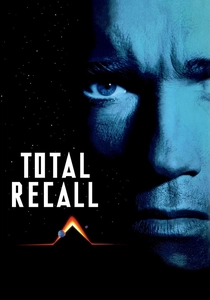
Total Recall (1990)
Description: Blends action and sci-fi with themes of memory implantation and the uncertainty of whether the protagonist's experiences are real or fabricated.
Fact: The film's special effects were groundbreaking for the time, including the famous 'three-breasted woman' and the Mars surface scenes.
 Watch Now
Watch Now 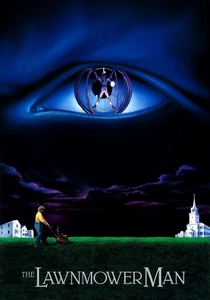
The Lawnmower Man (1992)
Description: Explores the concept of virtual reality and its impact on human consciousness, featuring a protagonist who undergoes a transformation through advanced technology.
Fact: The film was loosely based on a Stephen King short story, but King sued to have his name removed due to significant deviations from the original plot.
 Watch Now
Watch Now 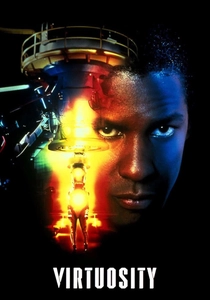
Virtuosity (1995)
Description: Centers around a virtual serial killer who escapes into the real world, blending themes of artificial intelligence and reality manipulation.
Fact: The movie features one of the earliest uses of CGI to create a fully digital character, setting a precedent for future films.
 Watch Now
Watch Now 
Lawnmower Man 2: Beyond Cyberspace (1996)
Description: Continues the exploration of virtual reality and its potential to alter human perception and abilities, with a more action-oriented approach.
Fact: The sequel was poorly received and is often considered inferior to the original, despite its ambitious visual effects.
 Watch Now
Watch Now 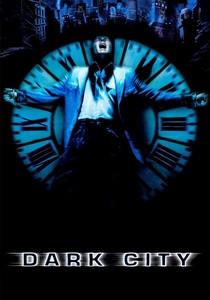
Dark City (1998)
Description: A noir-inspired sci-fi film that questions the nature of reality, featuring a protagonist who discovers his world is artificially constructed.
Fact: The film was initially released without its opening narration, which was added later to clarify the plot for audiences.
 Watch Now
Watch Now 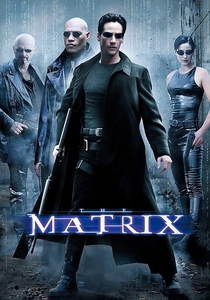
The Matrix (1999)
Description: Revolutionary in its depiction of a simulated reality controlled by machines, exploring deep philosophical questions about existence and perception.
Fact: The iconic 'bullet time' effect was achieved using a rig of still cameras and advanced post-production techniques.
 Watch Now
Watch Now 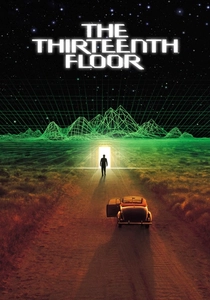
The Thirteenth Floor (1999)
Description: Delves into the idea of simulated realities and the blurring lines between what is real and what is virtual, with a strong noir aesthetic.
Fact: The film was overshadowed by the release of The Matrix the same year, despite its unique take on virtual reality.
 Watch Now
Watch Now 
The Cell (2000)
Description: Combines psychological thriller elements with surreal visuals, as a therapist enters the mind of a comatose serial killer to uncover his secrets.
Fact: The film's dream sequences were heavily inspired by the works of artists like H.R. Giger and Salvador Dalí.
 Watch Now
Watch Now 
